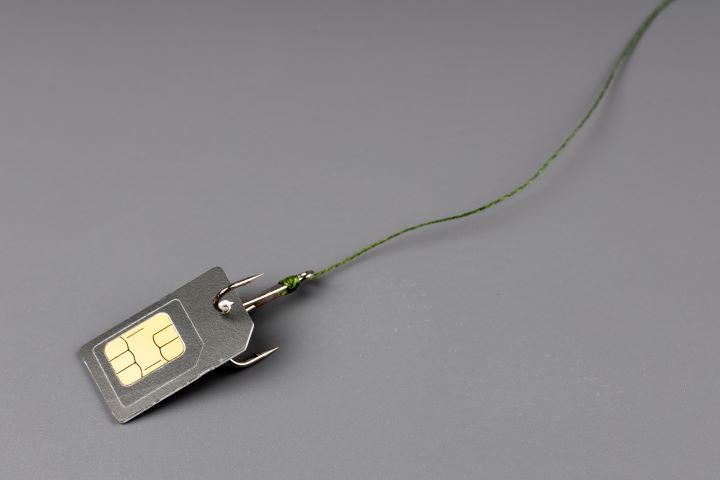
Direct Inward Dialing (DID) has revolutionized business communication by providing direct phone numbers without the need for multiple physical phone lines. If you’re pondering on embracing this transformative technology for your enterprise, this guide will walk you through the essentials of setting up DID for your business.
Understanding the Basics of DID
Before we delve into the setup process, it’s crucial to grasp what DID entails.
What is DID?
Direct Inward Dialing allows external callers to reach a specific extension or department directly, eliminating the need for a central receptionist or operator.
Why Use DID?
DID streamlines communication, offers cost savings by reducing the number of required physical lines, and presents a professional image to callers.
Steps to Set Up DID for Your Business
1. Assess Your Business Needs
Begin by evaluating your business’s communication requirements. How many departments or employees require direct numbers? Do you need local, national, or international DIDs?
2. Choose a Reliable DID Provider
Research and select a DID provider based on reputation, coverage, pricing, and support. Ensure they can offer the range of numbers you need and compatibility with your existing systems.
3. Decide on the Number Types
DID numbers can be local, toll-free, or international. Based on your business model and customer base, choose the type that fits best.
4. Configure the Routing
Determine where incoming calls will be routed. This could be to specific extensions, voicemail, IVR systems, or call centers. Ensure there’s a failover option in case the primary route is unavailable.
5. Integrate with Existing Systems
If you have a PBX or VoIP system, integrate the DID numbers. Some providers offer easy integration tools or APIs to simplify this process.
6. Test the Setup
Before fully transitioning, test the numbers. Make both inbound and outbound calls, ensure routing works correctly, and check call quality.
7. Train Your Staff
Ensure your team is familiar with how DIDs work, especially if there are new features or processes involved.
8. Announce Your DIDs
Once you’re confident in your setup, share your new DID numbers with clients, partners, and stakeholders. Update them on websites, business cards, and other communication channels.
Tips for a Smooth DID Implementation
Ensure Redundancy
Always have backup routes for your DIDs to ensure uninterrupted service, even if one path fails.
Monitor and Adjust
Regularly review call traffic, performance, and costs. Adjust your setup as necessary, scaling up or down based on demand.
Prioritize Security
Ensure that security measures are in place to prevent unauthorized access, hacking, or toll fraud.
Conclusion
Introducing DID numbers into your business communication strategy is a forward-thinking move that enhances professionalism, efficiency, and customer experience. With careful planning and the right tools, the implementation process can be seamless and rewarding. Embrace the future of communication and set your business on the path to greater connectivity.
